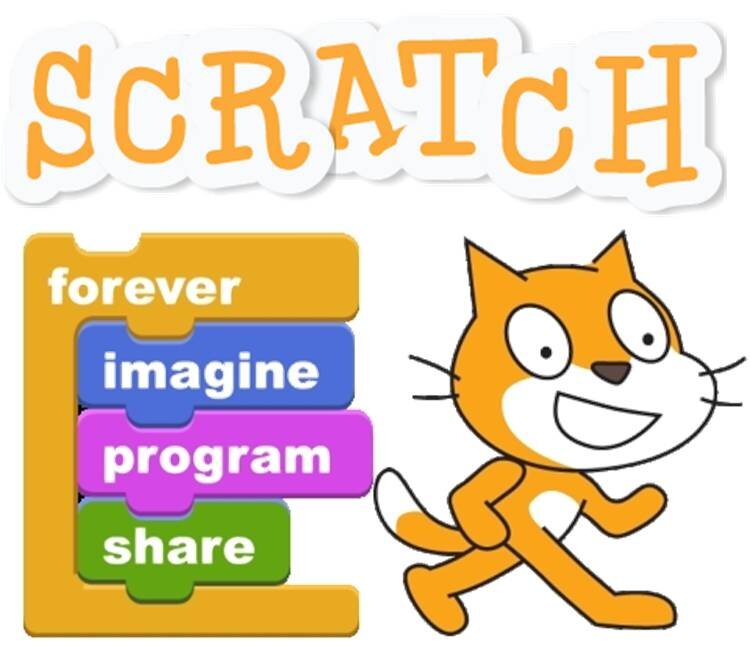Scratch coding is a visual programming language in which you have to drag and drop blocks of code and
attach them in a way you connect a jigsaw puzzle. Scratch is a free educational website developed by
MIT that provides a great way to learn to code early.
You can create interactive games, animations, and stories in Scratch instead of writing lines of code
to perform any operation. You can perform tasks just by drag and drop. Scratch can be used online or offline
on your system.
With Scratch, users can create animations, games, and interactive stories by assembling code blocks in a graphical interface. Instead of typing lines of code, users drag and drop blocks representing programming concepts like loops, conditionals, and variables. This visual approach makes it easier for beginners to understand and experiment with programming concepts without getting bogged down by syntax.
Key features of Scratch programming include:
Blocks-based Programming: Scratch uses a blocks-based programming model where users assemble code blocks to create scripts. These blocks snap together like puzzle pieces, making it easy to create sequences of actions.
Multimedia Integration: Users can incorporate sounds, images, and animations into their projects, allowing for the creation of dynamic and engaging experiences.
Online Community: Scratch has a large online community where users can share their projects, collaborate with others, and get feedback on their work. This community aspect fosters creativity and encourages learning through exploration and sharing.
Educational Resources: Scratch provides a range of educational resources, tutorials, and guides to help users learn programming concepts and improve their skills. It's often used in schools and educational settings to teach computational thinking and coding.
Overall, Scratch programming offers an accessible and playful introduction to programming for learners of all ages, emphasizing creativity, experimentation, and collaboration.
Read More


